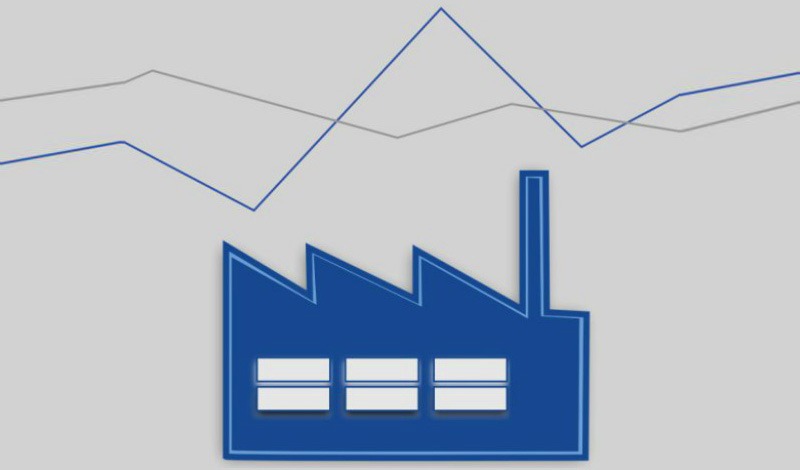There are two main strategies for managing energy demand, and both can help with lowering costs. Read on to learn more.
Strategy one: Improve energy efficiency
By becoming more energy-efficient, you can reduce consumption at all hours — including on-peak hours. Here are some ideas:
Upgrade equipment.
- If you have energy-using systems that are older or in need of repair, replace them with newer, more efficient equipment.
- Focus on systems that impact on-peak demand, such as air conditioning, lighting, and motors driving fans, pumps and compressed air units.
Call a pro.
- Hire a qualified professional to clean and inspect your air conditioning system to ensure it runs optimally. Proper maintenance can reduce air-conditioning power demand.
- Conduct an airflow audit to evaluate opportunities for reducing compressed air energy use, such as fixing leaks and reducing system pressure. Eliminating redundant compressors will reduce on-peak demand.
- Consider an energy assessment of your facility. A qualified auditor can locate energy waste and provide you with a targeted set of energy-saving recommendations.
Strategy two: Shift your energy use
You can also save by shifting your energy use to off-peak hours. Here are some tips that can help:
- Install controls, such as timers and occupancy sensors, to turn off lights in meeting rooms and restrooms. Also, turn off decorative or display lights if they’re not needed.
- Turn off plug loads (copiers, printers and personal appliances) during on-peak hours. Implement power management settings on computers and office equipment.
- Charge batteries for forklifts and other battery-powered equipment at night.
- Use an energy management system to make sure certain equipment doesn’t peak or operate at the same time as other equipment.
- Consider thermal energy storage systems, which store ice or chilled water at night (when demand is low), to provide cooling during the day.
There may be two main strategies, but as you can see, there are many things you can do to manage energy demand at your facility — and they all can help you save.
